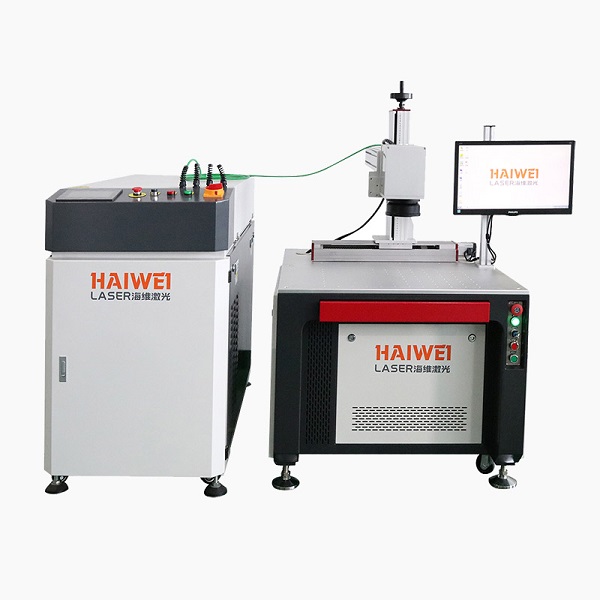Essential Preprocessing Requirements for Workpieces in Laser Welding
In the realm of laser welding, proper preparation of workpieces is crucial to achieving high-quality welds. Understanding these preprocessing steps can significantly impact the success and efficiency of your laser welding machine operations.

1. Surface Cleaning
One of the primary preprocessing requirements involves ensuring that the surfaces to be joined are free from contaminants such as oil, grease, rust, or paint. These substances can interfere with the laser beam's ability to create a clean weld seam. Techniques like solvent cleaning, mechanical abrasion, or chemical etching may be used based on the material type and contamination level.
2. Material Alignment and Fixturing
Accurate alignment of the parts is essential for precise welding. Inconsistent gaps between components can lead to poor weld quality. Using fixtures or jigs designed specifically for the geometry of the workpieces helps maintain consistent positioning during the laser processing phase.
3. Edge Preparation
The edges of the materials being welded often need special attention. Beveling or chamfering the edges can improve penetration depth and enhance weld strength. This step is particularly important when dealing with thicker sections where full penetration is required.
4. Coating Considerations
Some materials come with protective coatings that must be removed before welding to prevent defects. For instance, zinc-coated steel sheets may require local removal of the coating at the weld joints to avoid porosity and other imperfections in the weld.
5. Thermal Treatment Planning
Preheating might be necessary for certain alloys to reduce thermal stresses and cracking tendencies during welding. Conversely, post-weld heat treatments could be planned to relieve residual stresses and improve the metallurgical properties of the weld zone.
6. Quality Inspection Prior to Welding
Before initiating the welding process, conducting a thorough inspection of the workpieces ensures they meet all specifications. This includes verifying dimensions, checking for surface flaws, and confirming that all preparatory steps have been properly executed.
Adhering to these preprocessing guidelines not only enhances the performance of your laser welding machine but also contributes to the overall quality and reliability of the final product. When investing in new equipment, consider models that offer integrated solutions for some of these preprocessing steps, such as automated cleaning stations or advanced fixturing systems. By doing so, you can streamline your workflow and achieve superior results in your laser processing applications. Always consult with experts or the equipment manufacturer to tailor these recommendations to your specific needs and operational context.
Recent Posts
- What are the advantages of laser welding machines in lithium battery pack production lines?
- What issues should be noted when choosing a lithium battery pack production line?
- Quality Inspection and Control of Lithium Battery Module Pack Production Line
- Cell grouping and sorting process in lithium battery module pack production line
- What are the safety hazards of lithium battery pack production lines and how can they be prevented?
INQUIRY

